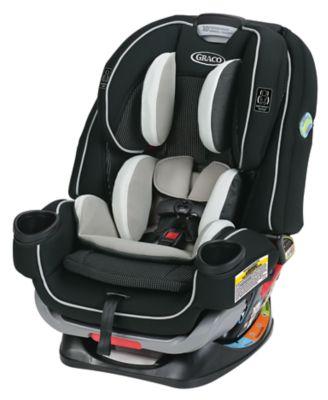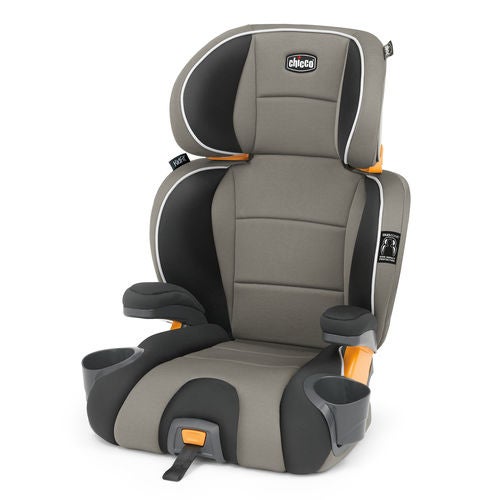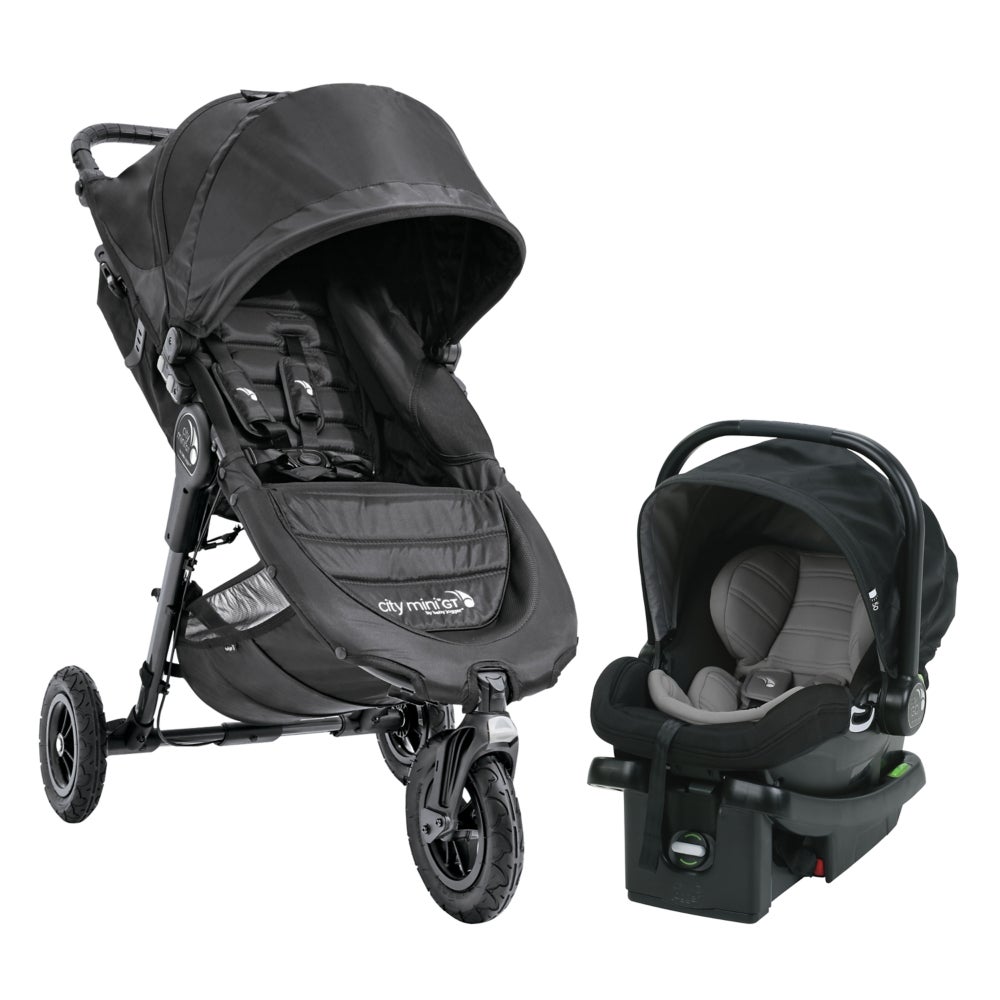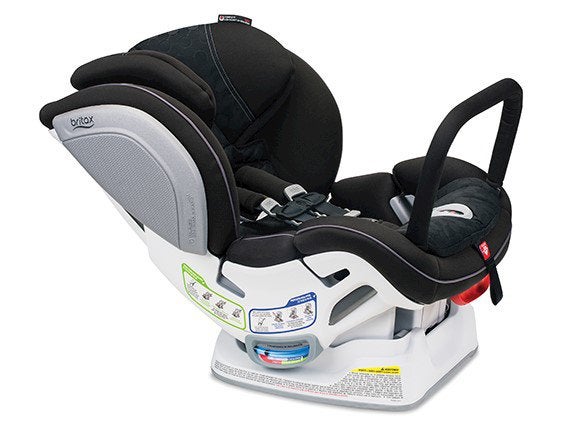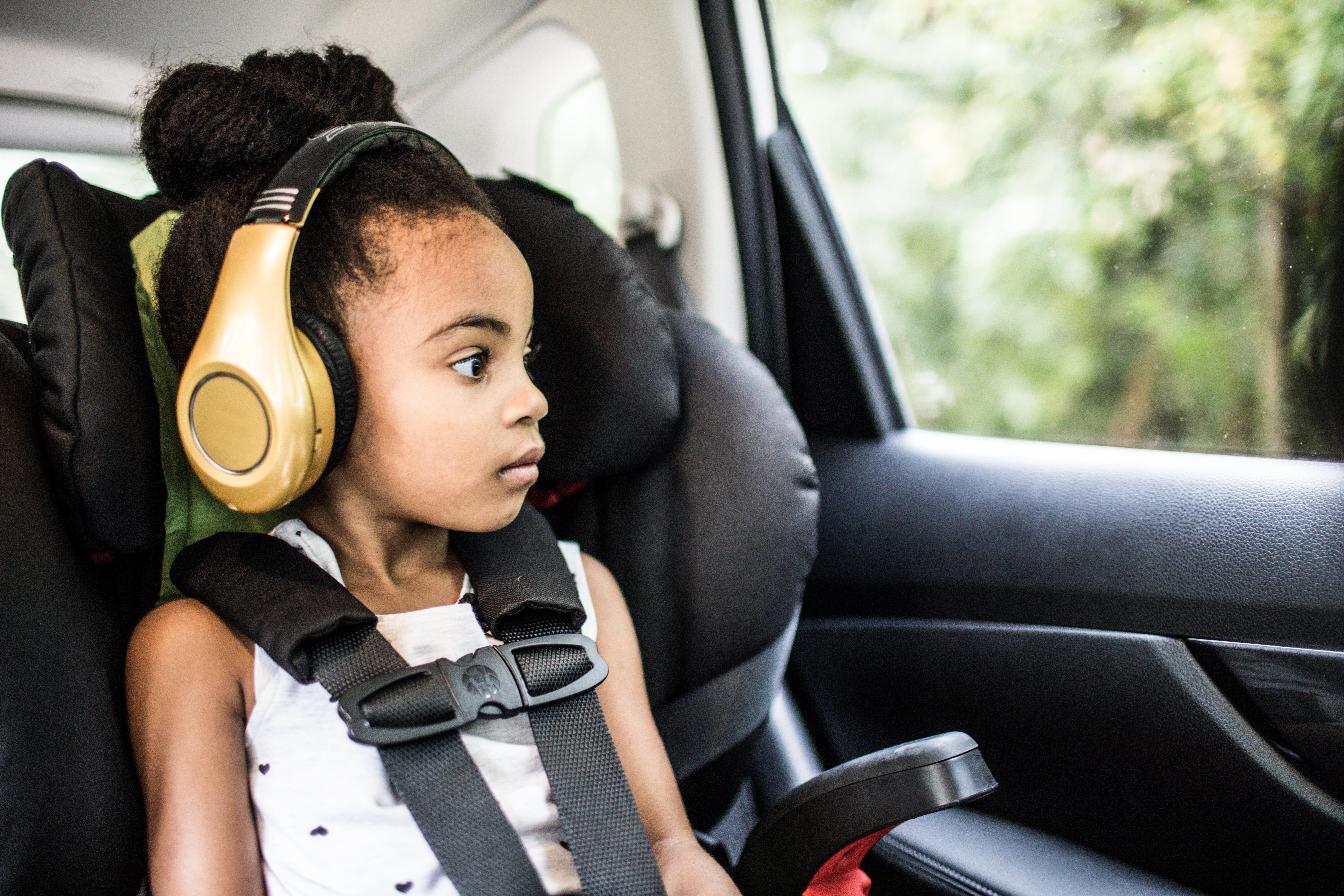
Did you know every 33 seconds a child under the age of 13 is involved in a crash? It’s scary to think about, but car crashes are a leading cause of death for children ages 1 to 13. The good news is thankfully many times, deaths and injuries can be prevented by proper use of car seats, boosters and seat belts.
This week marks Child Passenger Safety Week (September 17-23), and we are taking the time to make sure our children are safe. We spoke with Dr. Benjamin Hoffman, a pediatrician and uncompensated child passenger safety consultant for Chicco USA, and Erin Varano, Director of Brand Marketing at Graco and Child Passenger Safety Technician to breakdown the most important info on car seat safety questions. And, yes we rounded up a few of our favorite car seats to help secure your child’s future with the latest offerings on the market. Take a look!
The Breakdown
Infant Car Seats (rear-facing only) are designed for newborns and small babies; the infant-only car seat is a small, portable seat that can only be used rear-facing. These seats come with a base, to make it easier to carry babies in-and-out of the vehicle.
Convertible Car Seats can be used from a rear-facing seat to a forward-facing seat with a harness and tether —as your child grows. Because it can be used with children of various sizes, it allows for children to stay in the rear-facing position longer.
All-in-One Car Seats are a combination of 3 to 4 different modes in 1 seat. A 3-in-1 all-in-one seat can change from a rear-facing seat to a forward-facing seat (with a harness and tether) and a highback booster seat as a child grows. A 4-in-1 all-in-one seat has the addition of the backless belt-positioning booster, provide four modes of use: rear-facing harness, forward-facing harness, highback belt-positioning booster and backless belt-positioning booster.
Booster Seats There are three types—Harness boosters, highback belt-positioning boosters and backless belt-positioning booster. Harness boosters change from a forward-facing harness booster to highback and backless boosters. Highback and backless belt-positioning boosters are designed to boost the child’s height, so the seat belt fits properly. Highback boosters also provide neck and head support.
Find Out What Your Child Needs
With so many car seats on the market, finding one that works for you and your family can be intimidating. Where do you start? And, how do you know it will work for your child? “Number one, you must select a seat that fits the child – for the age, for the weight and for their developmental status,” says Hoffman. “It needs to be a seat that fits in the vehicle because not all seats fit in all vehicles at all times. And it needs to be one that the parents can use every time correctly. It means that they need to be able to afford it, to work in a way that’s going to make sense to them. It’s the one that they’re going to use every single ride to protect their children.”
It’s Not Always About The Money
All car seats that are sold in the United States have to meet the same safety standards, so it’s hard to compare to one seat to another aside from those accepted standards. More expensive seats tend to have more bells and whistles, but that’s always mean it’s better.
“The bottom line is, the least expensive car seat that a family could buy has met the same requirements that the most expensive seat has met,” says Hoffman. “So it’s really about what a family can afford. We know all car seats work. We know all car seats do their job.”
Go Rear-Facing As Long As Possible
Most state laws still say the minimum is one year and 20 pounds for a child to be forward-facing, but the American Academy of Pediatrics suggests at least until the child is two-years-old.
“Everything we know about physics, everything we know about kids suggests that rear-facing is going to be safer that forward-facing,” says Hoffman. “And staying rear-facing for as long as possible up to the limits of the car safety seat is the recommendation and will remain the recommendation. Ages are fairly arbitrary.”
Worried about your child being uncomfortable facing the back? It turns out, kids are super comfortable, flexible and they can fit in all sorts of positions and find a way to be OK, says Hoffman. Furthermore, arms and legs are almost never injured in rear-facing crashes.
A Hand Me Down Is Never A Good Look
To be safe, you should replace any car seat that has been in a crash, no matter the severity of the crash. “Even if there is no visible damage to the car seat, the impact and force of a collision can cause unseen structural damage,” says Varano. “Any such damage may prohibit your car seat from properly protecting your child in the event of a sudden stop or crash. Some insurance carriers will reimburse you for the replacement of a new car seat if it was in a crash.” A good rule of thumb is to check with your insurance provider for details on your policy.
Pay Attention To Dates
Did you know that every car seat has an expiration date—and for a good reason. The inside of a car is subjected to severe environmental conditions. “In the summer, it can be an oven in there,” says Hoffman. “And in the winter, it’s an icebox. And the plastic and the other materials expand and contract over time. So there’s also an assumption that the materials themselves are going to lose their ability to protect the child the way they’re supposed to because of time and exposure.”
Also, car seats have a sticker on them that states the date of manufacturing. Once you purchase a seat, register it with the manufacturer. It sounds unimportant, but it’s not—that’s how manufacturers can contact you in case of a recall.
